Do you want to know which are the top 10 most densely populated countries in the world in 2025? And what is the population and area of those countries? With over one million people, Singapore is the most densely populous country in yhe world, with Hong Kong in second and Bahrain in third. Here we have listed the top 10 most densely populated countries in the world in 2025. Let’s take a look at it!
Note: This list only includes countries with a population of over one million people.
10. Lebanon: 1,330 sq mi

Pop. Density: 512 km2 (1,330 sq mi)
- Population: 5.3 million
- Area: 10,452 km2 (4,036 sq mi)
Lebanon has a population of 5.3 million and a population density of 512 km2, making it the 10th most densely populous country in the world. About 95% of Lebanon’s population is either Muslim or Christian, divided into various denominations and sects.
Because the issue of religious balance is a sensitive political issue, a national census has not been conducted since 1932, before the establishment of the modern Lebanese state. As a result, there is a lack of accurate data on the relative percentages of the population of major religions and groups.
Due to the total inaction of the concerned public agencies, the absence of data and comprehensive statistics also pertains to all other demographic studies not related to religious balance. The only recent figures are estimates based on studies conducted by private organisations.
See Also: Smallest Countries In The World
09. South Korea: 1,340 sq mi
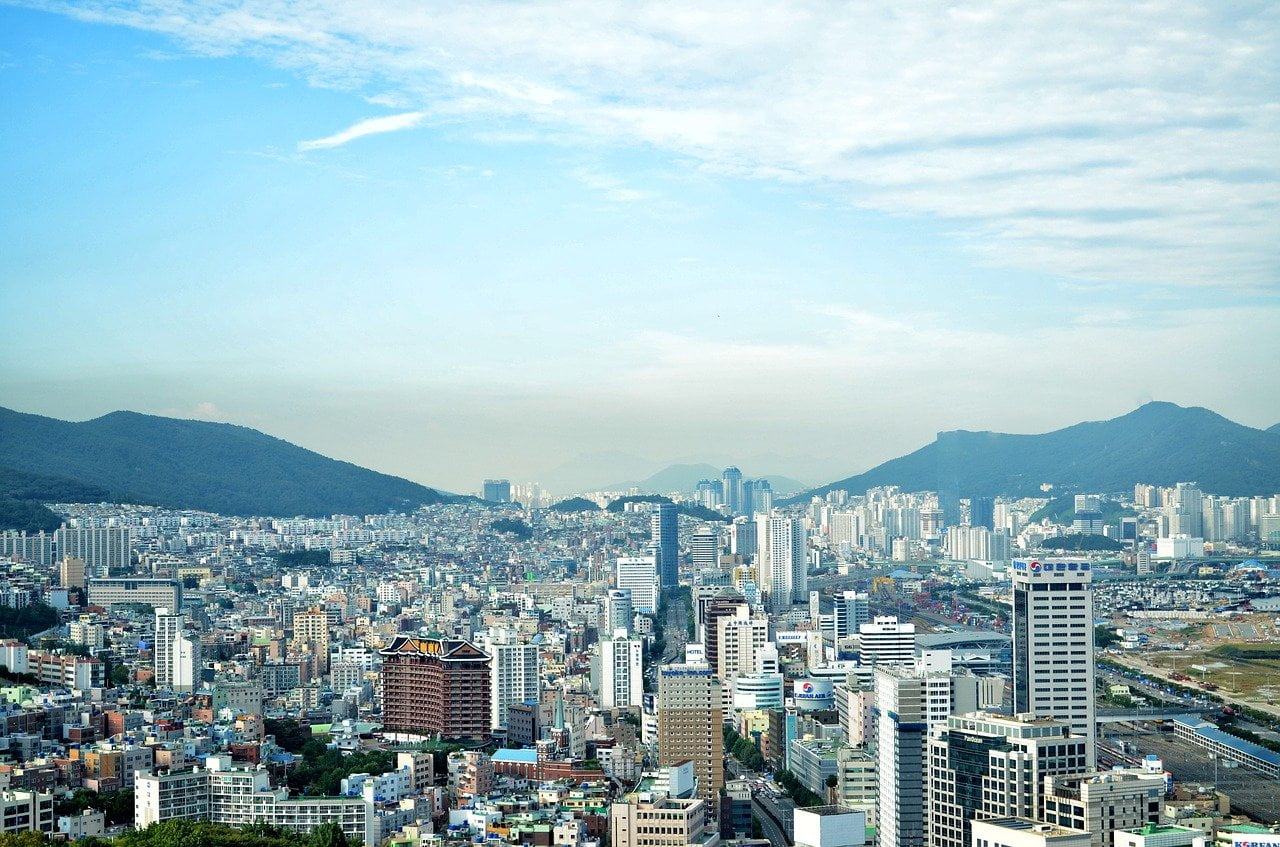
Pop. Density: 516 km2 (1,340 sq mi)
- Population: 51.7 million
- Area: 100,413 km2 (38,770 sq mi)
South Korea is ranked ninth among the top 10 most densely populated countries in the world in 2025. The country has a total population of over 51 million, and an area of 38,770 square miles. In June 2012, the population of South Korea reached 50 million, and by the end of 2016, the population of South Korea had exceeded 51 million.
South Korea’s total fertility rate has declined in recent years, leading some researchers to suggest that if current trends continue, the country’s population will decline to approximately 28 million people by the end of the 21st century.
Fertility in South Korea became a topic of international debate in 2018, when only 26,500 babies were born in October against an estimated 325,000 babies for the year, helping the country achieve one of the lowest birth rates in the world.
In another sign of South Korea’s dramatic decline in fertility, the country recorded more deaths than births in 2020, resulting in a population decline for the first time since modern records began.
08. Rwanda: 1,390 sq mi

Pop. Density: 535 km2 (1,390 sq mi)
- Population: 14 million
- Area: 26,338 km2 (10,169 sq mi)
Rwanda is the 8th most densely populous country in the world in 2025. Rwanda’s population density, even after the 1994 genocide, remains one of the highest in sub-Saharan Africa at over 500 inhabitants per square kilometer.
There are only a few villages in this country, and almost every family lives in a self-contained compound on a hill. Urban concentrations are clustered around administrative centres. More than half of the country’s adult population is literate, but no more than 5% have received secondary education.
Additionally, according to the 2019 revision of world population prospects, the total population in 2018 was 12,301,970, compared to only 2,072,000 in 1950. In 2010 the proportion of children under the age of 15 was 42.6%, with 54.7% among those aged 15 and over.
07. Mauritius: 1,700 sq mi
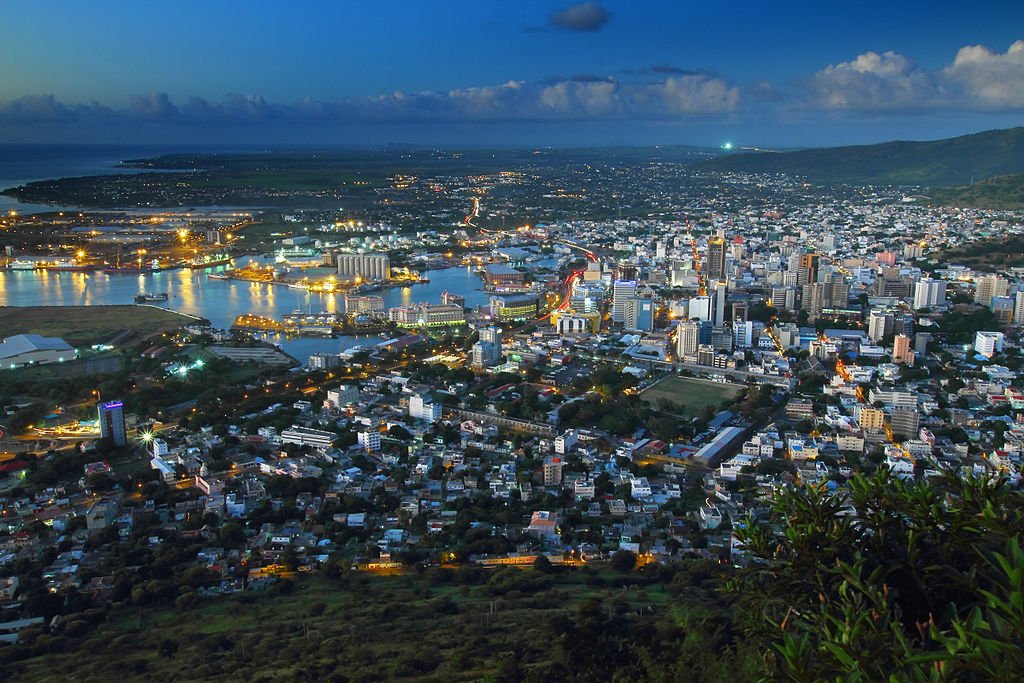
Pop. Density: 657 km2 (1,700 sq mi)
- Population: 1.3 million
- Area: 1,979 km2 (764 sq mi)
Mauritius is ranked seventh among the top 10 most densely populated countries in the world in 2025. It has a total population of over 1.3 million, and an area of 790 square miles. Mauritian society includes people from many different ethnic groups, as well as a significant population of mixed race people.
The majority of the Republic’s residents are descendants or partial descendants of people from India. Mauritius also has substantial populations from continental Africa, China, France, Great Britain and the East African island nation of Madagascar.
Furthermore, according to the 2019 revision of world population prospects, the total population in 2018 was 1,267,185, compared to 479,000 in 1950. In 2010 the proportion of the population under 15 years of age was 21.9%. 71.2% were between the ages of 15 and 65, with 6.9% being 65 years of age or older.
06. Taiwan: 1,750 sq mi

Pop. Density: 676 km2 (1,750 sq mi)
- Population: 23.9 million
- Area: 35,410 km2 (13,670 sq mi)
Taiwan is the 6th most densely populous country in the world in 2025. It has a population of over twenty-three million, and its population density is approximately 676 inhabitants per square kilometre. Taiwan has a population of approximately 23.9 million, spread over a total land area of approximately 35,410 km.
Taiwan is a dense country in East Asia. It shares maritime borders with the People’s Republic of China to the northwest, Japan to the northeast, and the Philippines to the south.
Furthermore, the main island of Taiwan has an area of 35,410 square kilometres, with mountain ranges dominating the eastern two-thirds and plains in the western third, where its highly urban population is concentrated. The capital is Taipei, which together with New Taipei and Keelung forms Taiwan’s largest metropolitan area.
See Also: Most Populated Countries In The World
05. Palestine: 2,310 sq mi
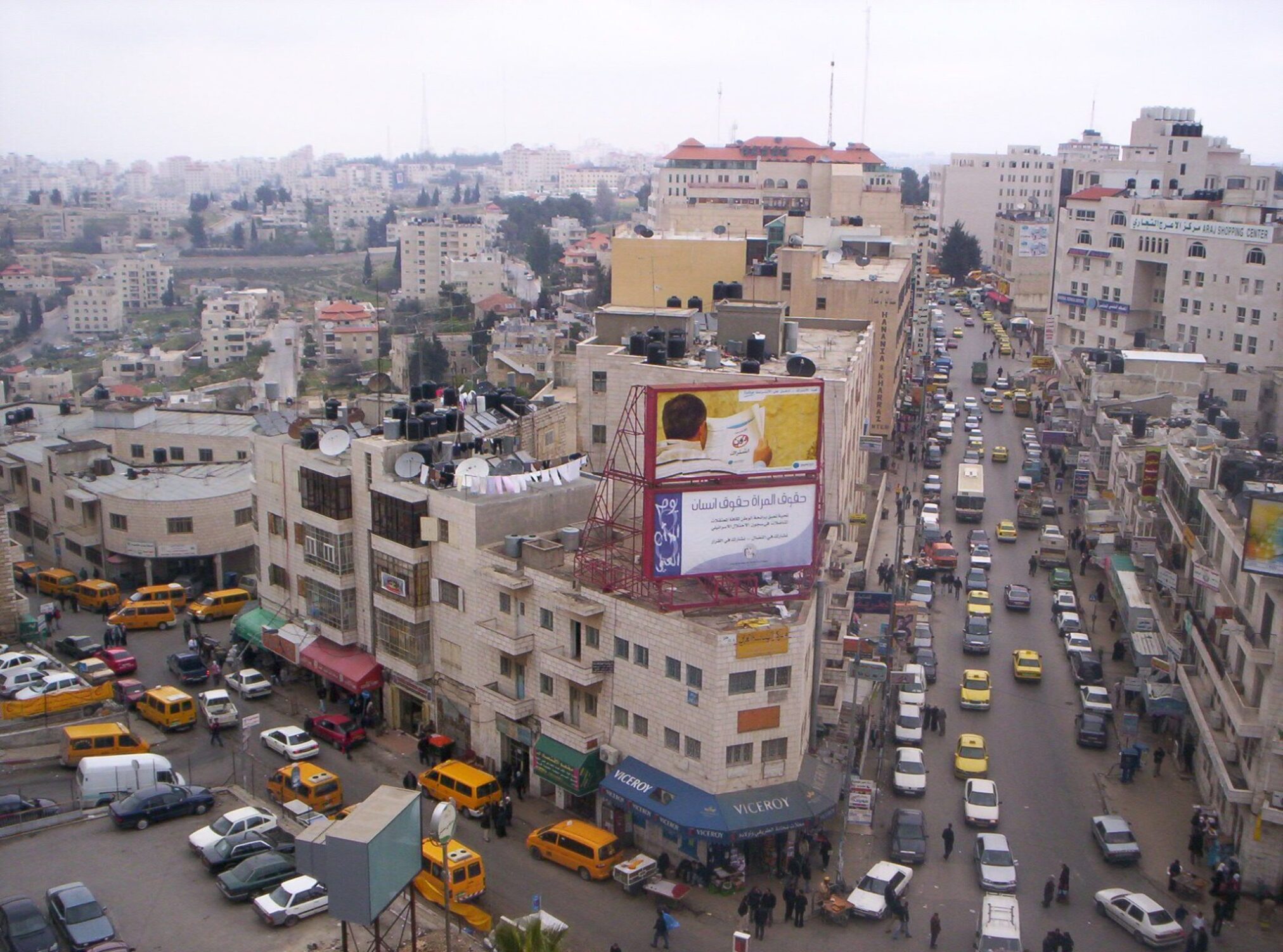
Pop. Density: 892 km2 (2,310 sq miles)
- Population: 5.3 million
- Area: 6,020 km2 (2,320 sq mi)
With a population of over 5 million, Palestine is set to be among the top 10 most densely populated countries in the world in 2025. Demographic data from the CIA World Factbook and the Israel Central Bureau of Statistics estimate that the collective population in the Palestinian territories was 4,543,126 people in 2017.
Demographic data from The World Factbook estimate that the collective Palestinian population in the territory of Palestine including Israel, the Golan Heights, the West Bank including East Jerusalem, and the Gaza Strip was 5.79 million in 2017.
Of these, about 2.16 million Palestinians lived in the West Bank, 1.84 million lived in Israel, and 1.79 million lived in the Gaza Strip.
04. Bangladesh: 3,020 sq mi
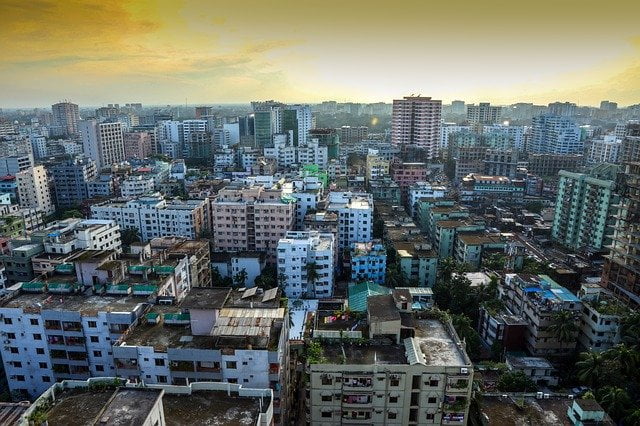
Pop. Density: 1,165 km2 (3,020 sq mi)
- Population: 172 million
- Area: 148,460 km2 (57,320 sq mi)
Bangladesh is the eighth most populous and 4th most densely populated country in the world, with about 2.2% of the world’s population. It has a population of 172 million and a GDP (PPP) of $1.8 trillion in 2025.
Bangladesh is largely ethnically homogeneous, and its name derives from the Bengali ethno-linguistic group, which comprises 98% of the population. Several dialects of Bengali are spoken throughout the region. The dialect spoken in Chittagong and Sylhet is particularly distinct.
Bangladeshis are predominantly Muslim (90.4%) according to the 2011 census, followed by Hindus (the largest-minority) (8.5%), Buddhists (0.6%) and Christians (0.4%) and others (0.1%).
The total fertility rate (TFR) has declined by more than two-thirds since independence. The current TFR in Bangladesh is 2.1, which is considered a benchmark for replacement level fertility globally.
03. Bahrain: 4,900 sq mi
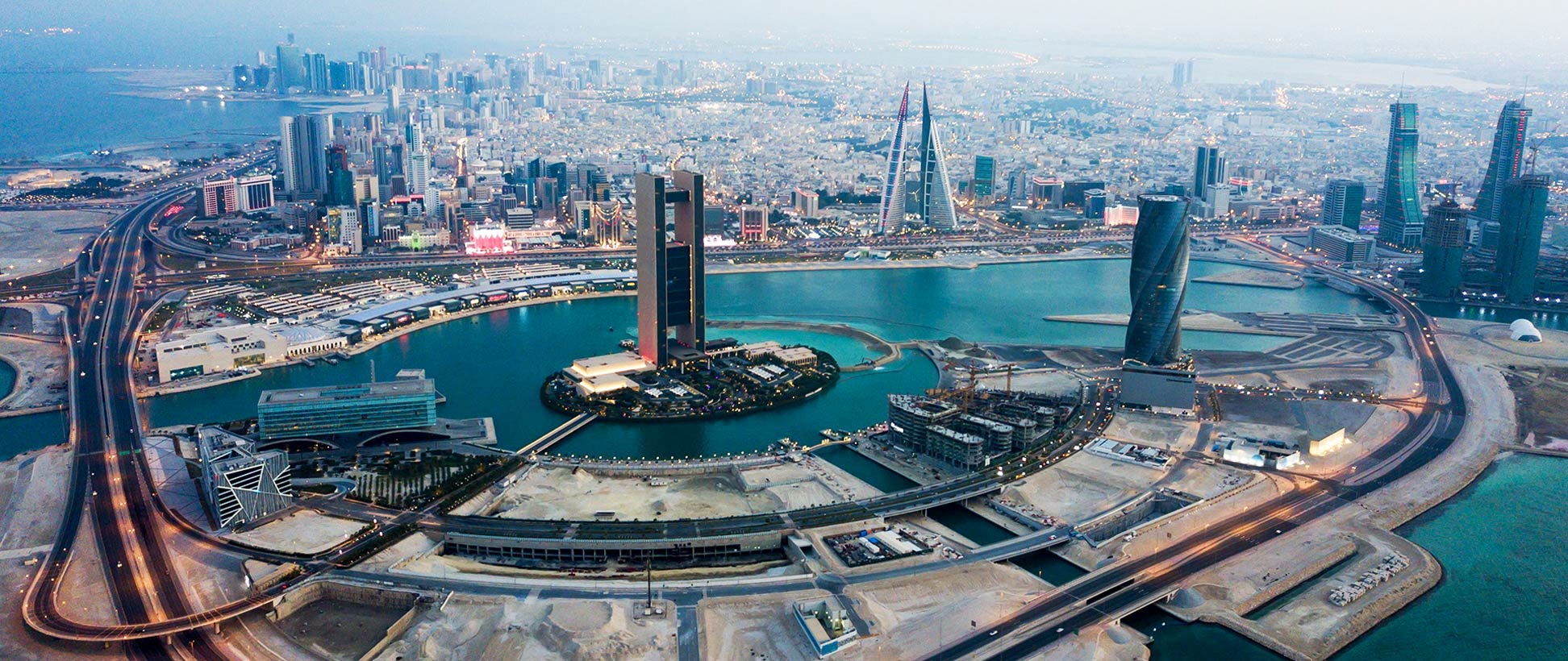
Pop. Density: 1,910 km2 (4,900 sq mi)
- Population: 1.4 million
- Area: 778 km2 (300 sq mi)
Bahrain is set to be among the top 10 most densely populated countries in the world in 2025. Most of Bahrain’s population is concentrated in the two major cities of Manama and Al Muharraq.
Bahrain has a total population of 1.4 million with a density of 1,9110 km2 (4,900 sq mi), making it the third most densely populated country in the world with a density of over 1 million. According to the Ministry of Information Affairs website, 74% of the population is Muslim, with Christians being the second largest religious group, making up 10.2% of the population.
Furthermore, non-residents in Bahrain constitute approximately 52.6% of the total population making up more than half of the country’s population. Of those, the vast majority come from South and Southeast Asia.
According to various media reports and government figures between 2005–2009, there are approximately 290,000 Indians, 125,000 Bangladeshis, 45,000 Pakistanis, 45,000 Filipinos and 8,000 Indonesians. 11,000 people from the United Kingdom live in Bahrain, which is 0.73% of its total population.
02. Hong Kong: 17,420 sq mi

Pop. Density: 6,725 km2 (17,420 sq mi)
- Population: 7.4 million
- Area: 1,114 km2 (430 sq mi)
Hong Kong is a metropolitan area and special administrative region of China on the eastern Pearl River Delta in southern China. With more than 7.4 million residents of different nationalities in an area of 1,104 square kilometres, Hong Kong is the second most densely populous country in the world by 2025. Its total density is about 6,725 persons per square kilometre.
As of 2020, Hong Kong has the lowest birth rate in the world at 0.869 per woman of childbearing age. This is well below the replacement rate of 2.1, and it is estimated that 26.8% of the population will be 65 or older in 2033, up from 12.1% in 2005. Hong Kong recorded 8.2 births per 1,000 people in 2005–2010.
Ethnically, Hong Kong consists mainly of Han Chinese who constitute about 92% of the population. Many of these originated from different regions of Guangdong. There are also descendants of immigrants from southern China and other countries around the world after the end of World War II.
See Also: Largest Continent In The World
01. Singapore: 21,400 sq mi

Pop. Density: 8,250 km2 (21,400 sq mi)
- Population: 6.01 million
- Area: 729 km2 (281 sq mi)
Singapore is the most densely populated country in the world in 2025, with a population of over 1 million people. By total population it is the third most densely populated sovereign state after Macau and the microstate of Monaco.
The demographics of Singapore includes the population statistics of Singapore such as population density, ethnicity, education level, health of the population, economic status, religious affiliation and other demographic data of the population.
A large percentage of Singapore’s population are not permanent residents. Of its total population of 5.69 million in 2020, 4.04 million were residents (citizens and permanent residents), and 1.65 million were non-residents.




Hi, here is a list of Top 10 Countries By Population Density
Unquestionably consider that which you said.
Your favourite justification appeared to be on the net the simplest factor to
have in mind of. I say to you, I definitely get irked while other folks consider concerns that they just don’t recognize about.
You managed to hit the nail upon the top and also
outlined out the entire thing without having side-effects , folks can take a signal.
Will likely be back to get more. Thank you